Trading crypto on decentralized exchanges can be rewarding, but it also comes with hidden costs that many beginners overlook. One of these hidden costs is slippage, the difference between the expected price of a trade and the price at which it is executed. Slippage can reduce profits or even turn a winning trade into a losing one, especially in volatile markets.
In 2025, as decentralized exchanges (DEXs) continue to grow, DEX aggregators have become powerful tools that help reduce slippage and improve trade efficiency. By combining liquidity across multiple platforms, they help traders achieve the best possible price and avoid the pitfalls of volatile or illiquid markets.
This article explains how slippage works and how DEX aggregators help reduce it, with practical insights for both new and experienced crypto traders.
What Is Slippage?
Slippage occurs when the final price of a trade differs from the price you initially saw before confirming your transaction. It is common in both traditional markets and crypto trading but tends to be more noticeable in decentralized finance (DeFi).
For example, imagine you plan to buy 1 ETH ($3,090.84) for $3,000. By the time your trade executes, market conditions change and your order fills at $3,015 instead. That $15 difference is slippage.
In decentralized exchanges, slippage often happens because of low liquidity, network congestion, or rapid price movement between the time you submit your transaction and when it is processed on-chain.
Why Slippage Happens on Decentralized Exchanges
Understanding the cause of slippage helps traders prevent unnecessary losses. Let’s break down the main reasons:
1. Low Liquidity
Each trading pair on a DEX has its own liquidity pool. When you trade large amounts in a pool with limited funds, your order moves the price significantly. This creates a noticeable difference between expected and actual prices.
2. High Volatility
Crypto prices move quickly. Between submitting and confirming a transaction, the market may shift dramatically, especially on slower confirmation-time chains.
3. Transaction Delay
Every blockchain requires miners or validators to confirm a transaction. During high traffic, your transaction might wait in a queue, allowing prices to fluctuate.
4. Poor Routing
Some decentralized exchanges do not always have the most efficient liquidity route for a given trade. Without a system to compare options, traders may end up paying worse prices.
Types of Slippage
There are two main kinds of slippage that traders encounter:
Positive Slippage
This occurs when a trade executes at a better price than expected. For example, if you were willing to buy ETH for $3,000 but it fills at $2,995, you save $5.
Negative Slippage
This is the more common type and represents a loss in value. For instance, you might want to sell a token for $2 but end up getting $1.95. Negative slippage can accumulate over time and harm profitability.
How to Calculate Slippage
Slippage is typically expressed as a percentage.
Formula:
(Execution Price – Expected Price) ÷ Expected Price × 100%
Example:
If you expected to buy ETH at $3,000 but it executes at $3,030:
(3,030 – 3,000) ÷ 3,000 × 100 = 1% slippage
Most DEXs allow users to set a maximum acceptable slippage tolerance (for example, 0.5%, 1%, or 2%). If the price moves beyond this limit before execution, the trade fails to prevent excessive loss.
Read more: Best DEX Aggregators for Low Fees in 2025
Why Slippage Matters in Crypto Trading
Slippage directly affects your profits, especially if you trade frequently or handle large volumes.
For long-term investors, small percentages might seem minor, but over many trades, these costs add up. For active DeFi users providing liquidity, farming, or swapping tokens daily, minimizing slippage can save significant value.
How DEX Aggregators Help Reduce Slippage
A DEX aggregator is a platform that scans multiple decentralized exchanges to find the best available prices and most efficient trading routes for a swap. Instead of trading on one DEX, it checks several and executes your order where the result is most favorable.
Here’s how they specifically help reduce slippage:
1. Smart Routing Across Multiple DEXs
DEX aggregators use intelligent algorithms that divide a trade into smaller parts and route them across several liquidity pools. This process is called smart order routing.
By spreading trades across pools, the aggregator reduces the impact of your order on any single market, minimizing price movement and slippage.
Example:
Instead of swapping $50,000 worth of tokens on one DEX with low liquidity, an aggregator may split it into smaller trades across Uniswap, SushiSwap, and Curve to achieve a better blended price.
2. Real-Time Price Comparison
Aggregators constantly monitor exchange prices across multiple networks. This allows them to identify sudden price changes or liquidity shifts before executing your trade.
As a result, traders avoid entering at unfavorable prices and get a more accurate quote closer to the final execution rate.
3. Access to Deeper Liquidity
Since slippage is more likely in low-liquidity pools, DEX aggregators solve this by combining liquidity from multiple exchanges and blockchains. The deeper the liquidity, the smaller the price impact from large trades.
Platforms like 1inch, Matcha, and OpenOcean are known for connecting hundreds of liquidity sources, helping traders achieve more stable and predictable prices.
4. Automatic Slippage Protection
Many DEX aggregators automatically detect and manage slippage tolerance. They analyze the expected price impact and adjust transaction settings accordingly to prevent overpaying.
This is particularly useful during high volatility or when trading lesser-known tokens that fluctuate rapidly.
5. Gas and Fee Optimization
Some DEX aggregators also optimize gas usage by batching transactions or using efficient smart contracts. This indirectly helps reduce total trading costs, which can often be confused with slippage losses.
For example, 1inch’s Pathfinder algorithm not only improves pricing but also selects routes that minimize gas consumption on Ethereum.
Real Examples of DEX Aggregators that Reduce Slippage
Each aggregator combines smart routing and liquidity pooling to ensure minimal price deviation.
Conclusion
Slippage is an unavoidable part of crypto trading, but it can be managed effectively. By understanding how it works and using the right tools, traders can protect their capital and trade more efficiently.
DEX aggregators have transformed decentralized trading by solving one of its biggest problems—price inconsistency. Through smart routing, liquidity pooling, and real-time optimization, they minimize slippage and help users get the most value from every swap.
As the DeFi ecosystem continues to expand in 2025, using reliable aggregators is not just an advantage; it is essential for anyone serious about cost-efficient trading.
FAQs
1. What causes slippage in crypto trading?
Slippage occurs due to low liquidity, price volatility, or transaction delays between the time you submit a trade and its confirmation on-chain.
2. How can I reduce slippage when swapping tokens?
Use DEX aggregators that route trades across multiple exchanges, set slippage tolerance limits, and trade during low network congestion.
3. Which DEX aggregator has the best slippage protection?
1inch, ParaSwap, and Matcha are known for strong smart routing and automatic slippage protection features.
4. What is an acceptable slippage percentage?
For most trades, a slippage tolerance between 0.1% and 1% is reasonable. However, it depends on token liquidity and market conditions. 5. Is slippage the same as gas fees?
No. Slippage is a price difference between quote and execution, while gas fees are transaction costs paid to the network.
The post How Slippage Works and How DEX Aggregators Help Reduce It appeared first on FXcrypto News.









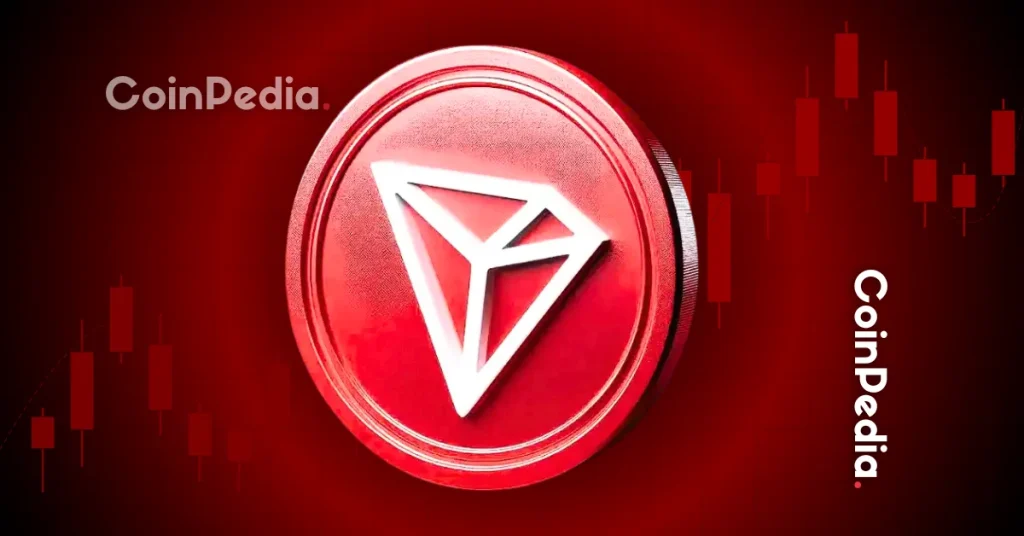


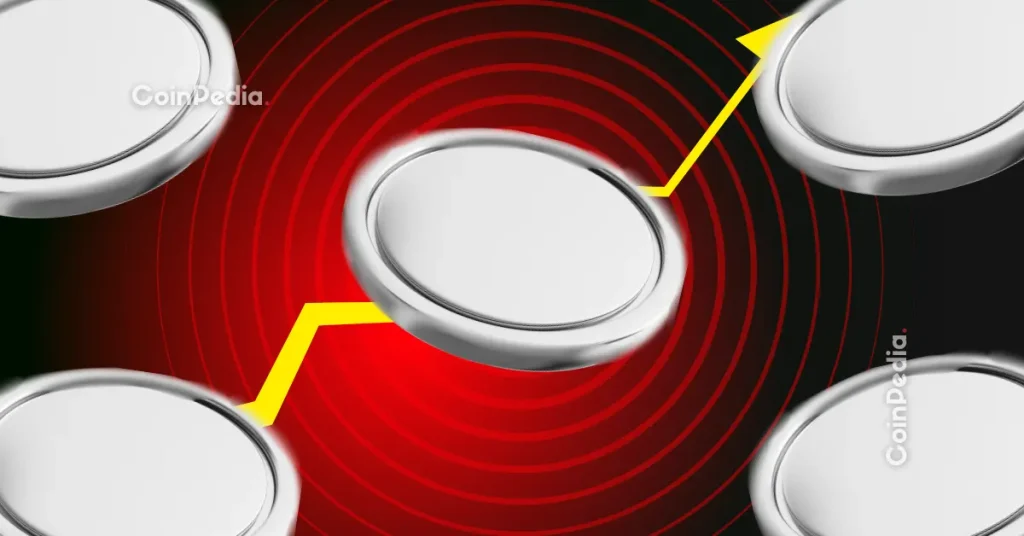




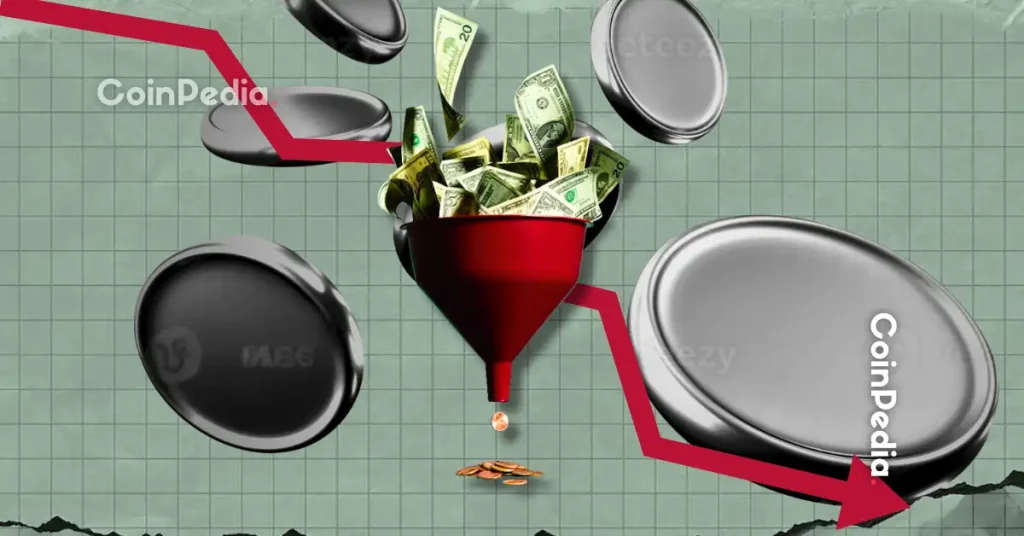








 24h Most Popular
24h Most Popular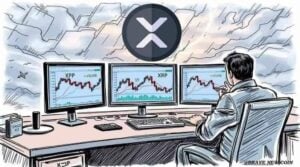


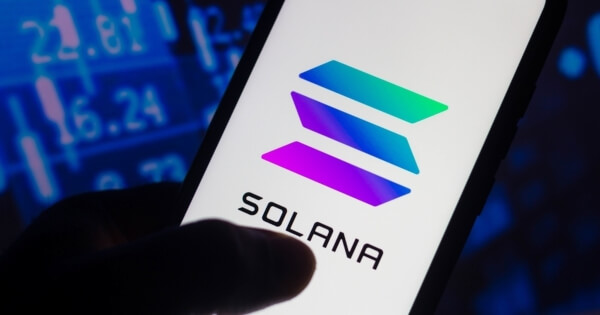



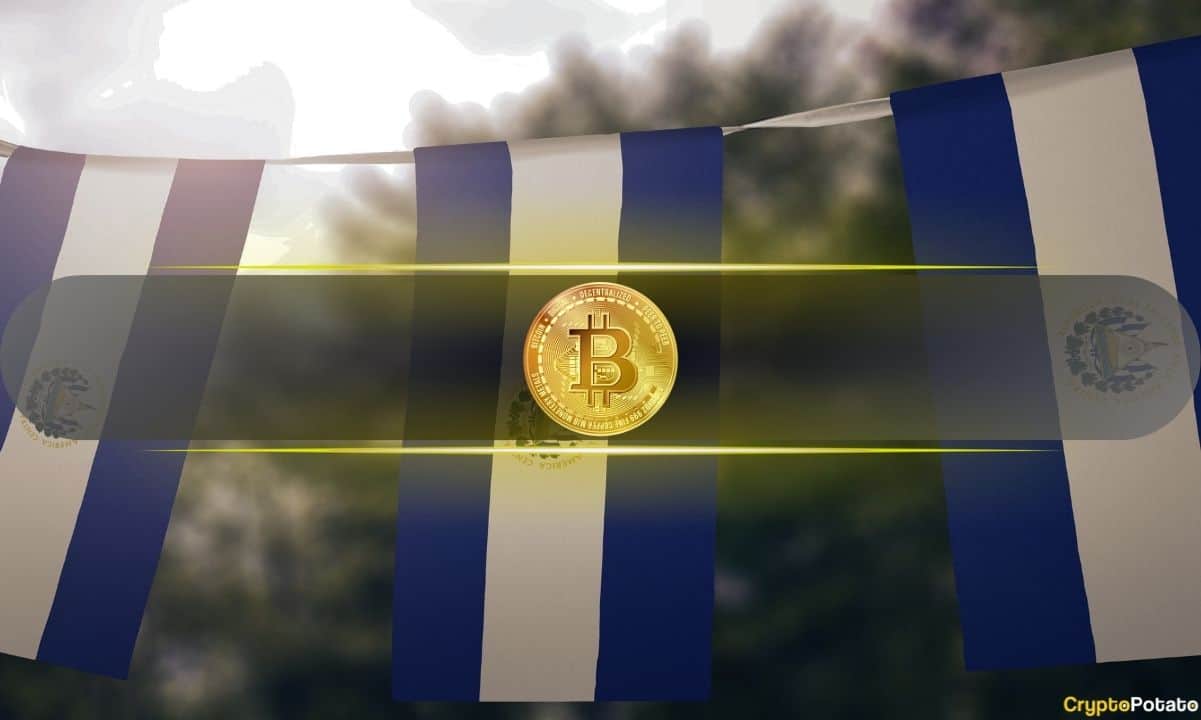

 Utilities
Utilities